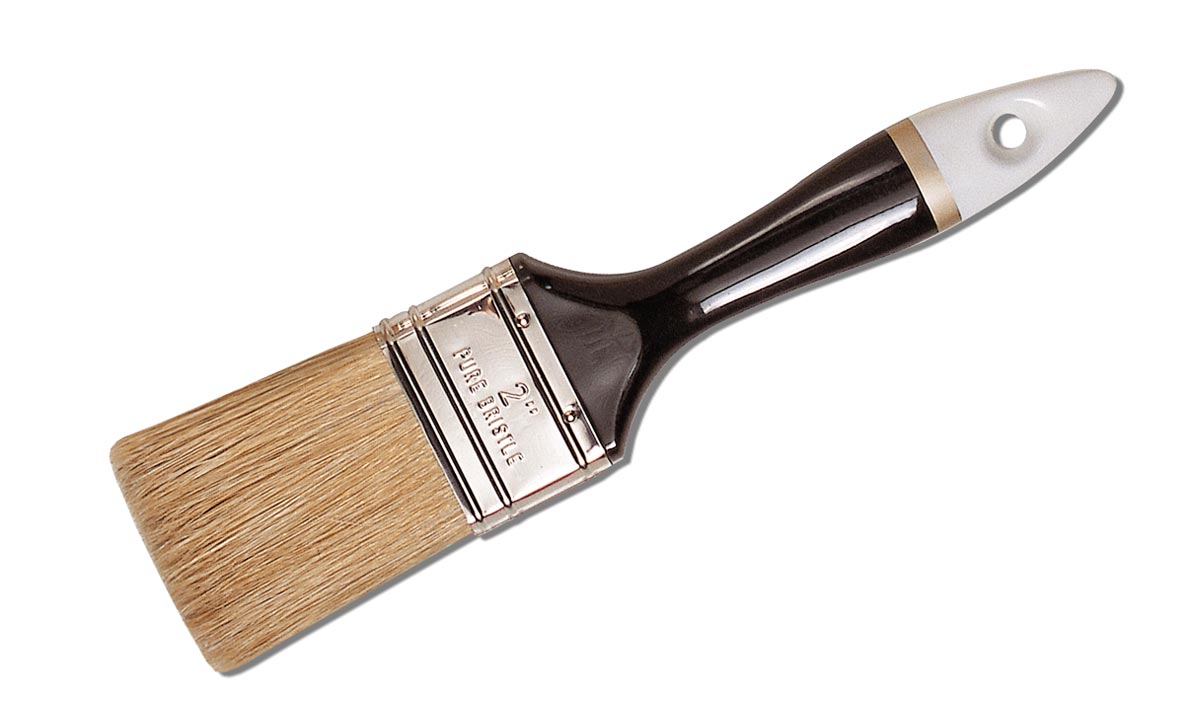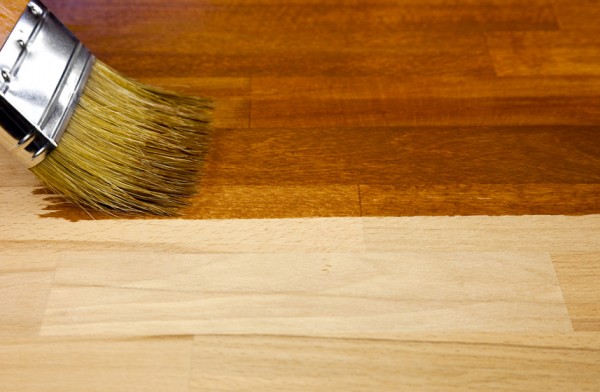
Painting brushes for painting
Painting brushes for painting
Choosing the appropriate paint brush for a paint job is as important as choosing paint. The finish will depend on making the right decision.
A good paint applied with a mediocre paint brush will produce a poor finish. On the other hand, If we opt for the proper brush the final work will be satisfactory.
Types of paintbrushes
Size and shape
The size I can come specified in inches or millimeters. One inch is equal to 25 mm. Inches are reflected by the symbol “ After the number, and the mm with mm.
1"-Are used to work on small surfaces as bars", mouldings and frames.
2"- 3" - is used for medium-sized surfaces such as shelves, doors, Windows, furniture and walls of medium-sized.
4"- 8" - used in large as floor and wall surfaces.
The shape the brush can be, basically, two :
The flat paint brushes, also called flat and round brushes, they are used on flat surfaces, for example for painting walls.
The round paint brushes they are used on cylindrical surfaces and edges of the walls ( This is called popularly "trim" ).
Bristles
They may be natural, synthetic or blends of both. Originally paint brushes were made with natural bristles from pigs, horses, oxen, goats, etc. Synthetic barely existed or were of poor quality and did not support solvents. Today paint brushes manufacturers use good quality synthetic bristles such as Perfex they support all kinds of solvents and the result when applying paints is excellent. Other types of synthetic with good quality/price value such as Syntesis they give very good results at lower prices.
The natural bristle paint brushes they are used to apply solvent based products such as varnishes, lacquers, polyurethanes and wood preservatives and synthetic bristle paint brushes They are used with all types of water-based paints. They can also be used with solvent-based paints.
How to use brushes
It has been introduced in the paint to ¾ of the bristles, maximum. Paint load must be such that the brush does not drip to what will have to release the excess paint.
The application the surface has to be fluid and in the case that the viscosity is very high and prevents the brush slips easily, should add more thinner to the paint . If the paint is base water, more water is added and if the paint is solvent base added more solvent.

Painting brushes for painting
To obtain a mating perfect the brush over the surface must be pressed to paint evenly.
In wood It will be applied in the same direction of the vein.
Thus, Note that if the work is interrupted for a short period of time, leave the paint brush into the paint covering the bristles ¾. If the interruption is greater be submerged in the solvent being used.
At the end of the work the paint brush should be cleaned with the diluent until it is completely clean and without traces of pigments. Finally it is washed with water and a mild detergent ( neutral pH ), will it dry and it will be saved in the original cover, plastic or aluminum foil.
You may also like :
painter tools
Buy online paintbrushes
Brocha Pintar
